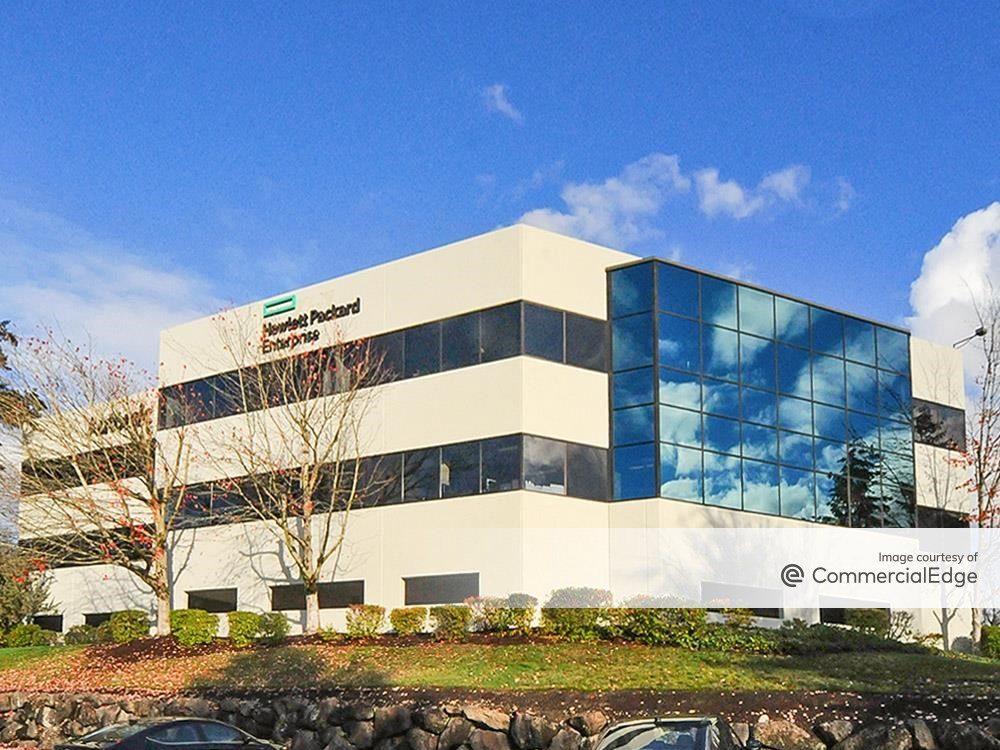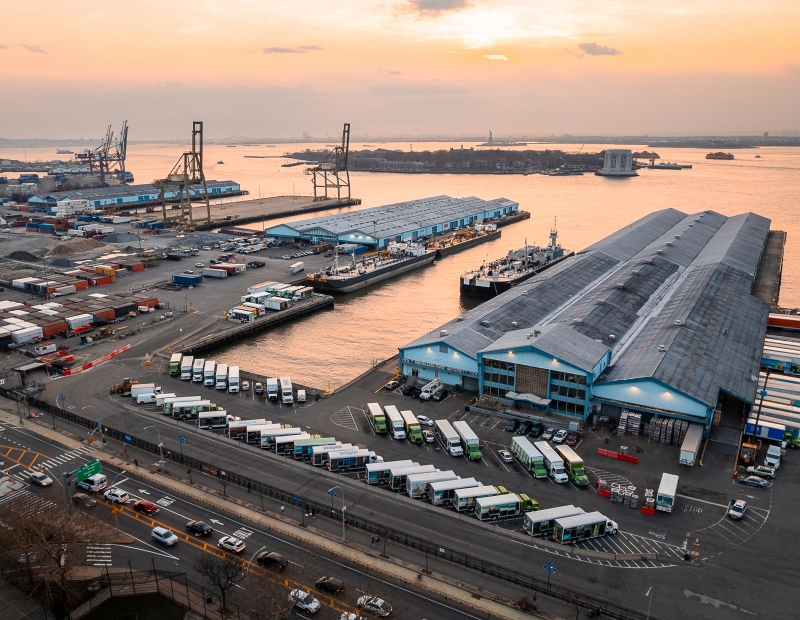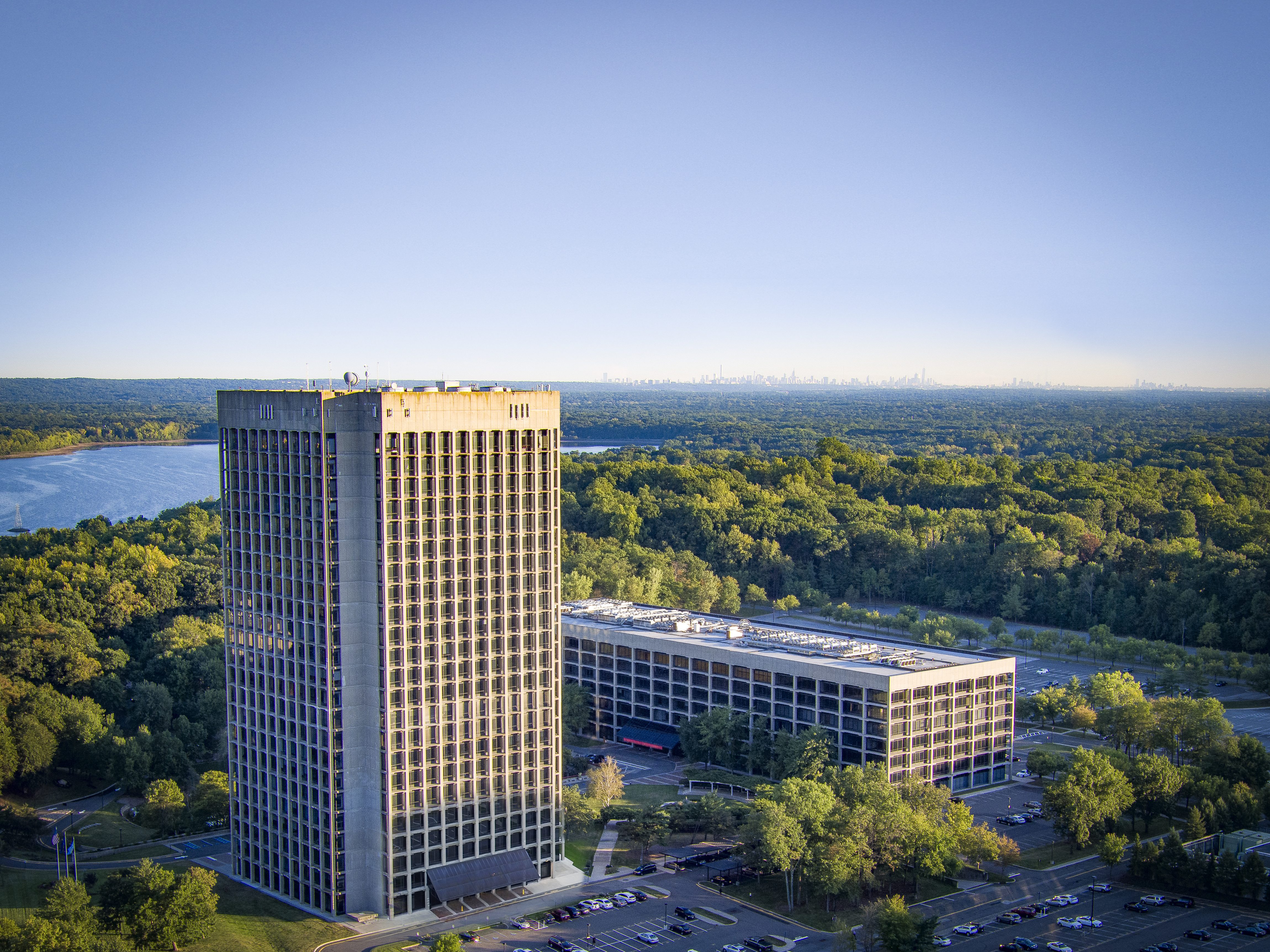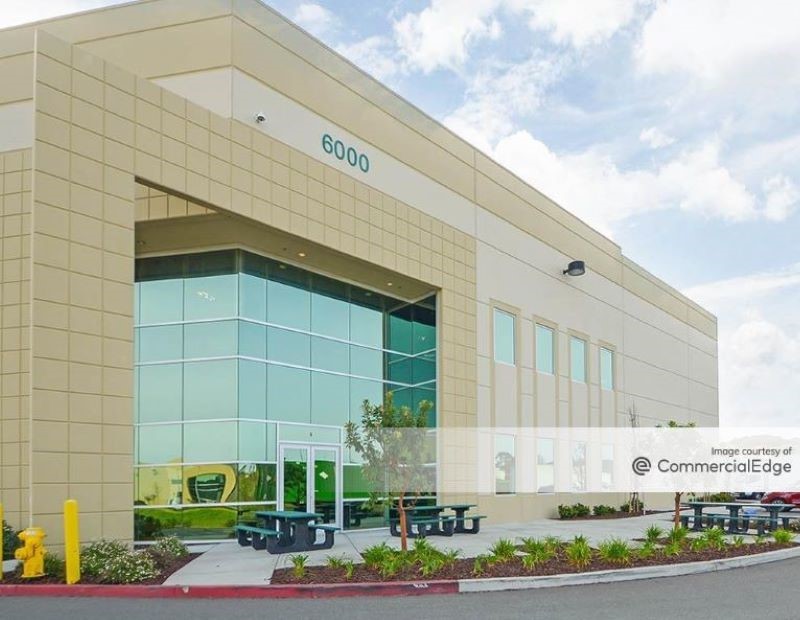Challenges and Opportunities: The New Normal Lending Landscape
While there is optimism in the market for 2012, there is still hesitation – and those negative factors include debt availability, the tightening of the CMBS market and the need to resolve distressed debt.
For most borrowers, lenders and intermediaries, 2011 turned out to be a good year and certainly a lot better than 2010. Looking forward into 2012, the uncertain conclusion to the European debt crisis and challenges facing policymakers in Washington, D.C., seem to continue to cloud the horizon. Positive indications of a robust lending environment for commercial real estate are certainly present, however.
Healthy banks, eager to expand their balance sheets, have become more interested in commercial real estate lending once again. Some even appear poised to compete against life companies for high-quality product. The government-sponsored enterprises, Freddie Mac and Fannie Mae, both have indicated a willingness to extend more credit in 2012. And life insurance companies will likely put more money to work this year, as long as risk-adjusted spreads remain at good levels. Additionally, increased diversity and competition among lenders should provide for another good year.

While there is optimism in the market, there is still hesitation. Let’s address some of the challenges and opportunities:
- Debt availability continues to improve, but the progress remains decidedly uneven. The CBRE Lending Momentum Index, compiled from CBRE Econometric Advisors research and Capital Markets proprietary data, indicates that lending volume almost doubled for the year ended in the third quarter of 2011. Despite the gains, though, lending volume remains at just over one-half of 2007’s peak level.
- The CMBS pipeline thinned last fall due to spread widening and uncertainty in the capital markets. The withdrawal of a few key lenders from the CMBS sector has also raised concerns about future market growth. While recent spread tightening has breathed new life into the CMBS market, it remains susceptible to many influences. CMBS lending will be critical to improving liquidity in 2012, especially in secondary markets and among B-quality properties.
- After a flurry of CMBS origination in the first half of 2011, CMBS investors began to object to lower subordination levels amid looser underwriting standards and the reappearance of interest-only loans. However, overall underwriting parameters appear to have stabilized in recent months. Given the sluggish recovery in real estate fundamentals, lenders are likely to remain generally risk averse; as a result, it appears that underwriting standards will be maintained in the near future.
- Distressed loan resolutions and loan sales have risen over the course of 2011, which could continue to exert downward pressure on distressed property prices, which have been flat to declining over most of 2011. With some $80 billion worth of specially serviced loans in need of resolution and the prospect of additional defaults among bank development deals, it is likely that for 2012 we will see a growing demand for opportunistic capital to resolve the pipeline of distressed deals.
In summary, we continue to see real estate and mortgage finance fundamentals gradually improving. Commercial real estate remains an investment alternative that can provide very attractive risk-adjusted returns. Given both domestic and global uncertainty, the recovery remains fragile. On balance, however, we are optimistic that 2012 will provide good opportunities for lenders and borrowers alike.
Brian Stoffers is COO of Capital Markets and president of Debt & Equity Finance for CBRE Inc.








You must be logged in to post a comment.